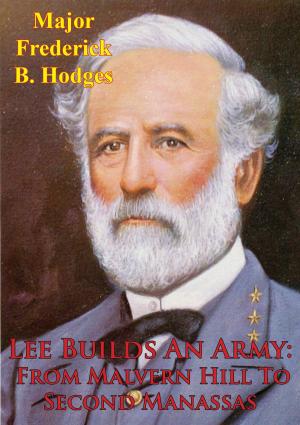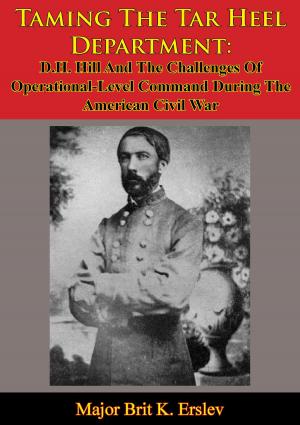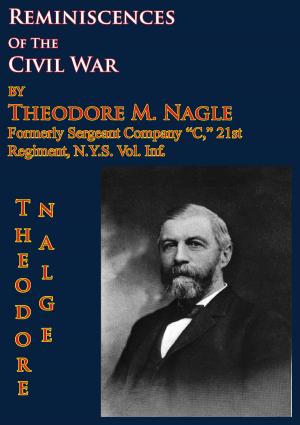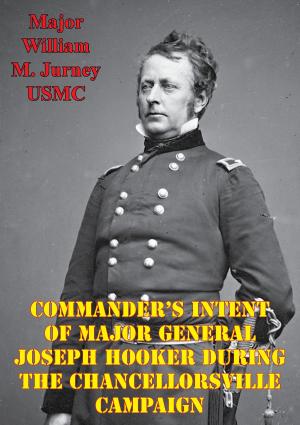It Was Sheridan's Fault Not Custer's: LTG Sheridan’s Campaign Plans Against The Plain Indians
And The Ties To Current Planning
Nonfiction, History, Modern, 19th Century, Americas, United States, Civil War Period (1850-1877), Military| Author: | Major Hubert L. Stephens | ISBN: | 9781782895831 |
| Publisher: | Golden Springs Publishing | Publication: | August 15, 2014 |
| Imprint: | Golden Springs Publishing | Language: | English |
| Author: | Major Hubert L. Stephens |
| ISBN: | 9781782895831 |
| Publisher: | Golden Springs Publishing |
| Publication: | August 15, 2014 |
| Imprint: | Golden Springs Publishing |
| Language: | English |
Martin van Creveld, a noted theorist, contends that the concept of operational art did not take off in the U.S. until after the Vietnam War. Conversely, James Schneider, a prominent military theorist, asserts that operational art began in the American Civil War. This monograph provides a holistic analysis of four Plains Indian War Campaigns. Lieutenant General (LTG) Philip Sheridan conducted all four campaigns. This analysis illustrates several enduring principles of both operational art and counterinsurgency (COIN) operations. The purpose of the monograph is to explain the initial failure of LTG Sheridan’s 1876 Centennial Campaign against the Sioux and Cheyenne Indians. Additionally, this explanation relates the significance of LTG Sheridan’s planning to contemporary COIN campaign planning. The overall methodology is the incorporation of four case studies to test the theory of sanctuary control and elimination of resources to defeat insurgencies.
The monograph contains three key findings. The first key finding is that the failure at the Little Big Horn was LTG Sheridan’s fault not LTC Custer’s, and this directly relates to the second finding. The second key finding is the importance of operational art in designing a campaign plan to link tactical actions to strategic objectives. The third finding is the efficacy of some of the current COIN tenets...Ultimately, this monograph demonstrates the utility of a strategy of exhaustion and its resulting operations to control terrain and insurgent sanctuaries as well as to deny the enemy resources to defeat an insurgency.
Martin van Creveld, a noted theorist, contends that the concept of operational art did not take off in the U.S. until after the Vietnam War. Conversely, James Schneider, a prominent military theorist, asserts that operational art began in the American Civil War. This monograph provides a holistic analysis of four Plains Indian War Campaigns. Lieutenant General (LTG) Philip Sheridan conducted all four campaigns. This analysis illustrates several enduring principles of both operational art and counterinsurgency (COIN) operations. The purpose of the monograph is to explain the initial failure of LTG Sheridan’s 1876 Centennial Campaign against the Sioux and Cheyenne Indians. Additionally, this explanation relates the significance of LTG Sheridan’s planning to contemporary COIN campaign planning. The overall methodology is the incorporation of four case studies to test the theory of sanctuary control and elimination of resources to defeat insurgencies.
The monograph contains three key findings. The first key finding is that the failure at the Little Big Horn was LTG Sheridan’s fault not LTC Custer’s, and this directly relates to the second finding. The second key finding is the importance of operational art in designing a campaign plan to link tactical actions to strategic objectives. The third finding is the efficacy of some of the current COIN tenets...Ultimately, this monograph demonstrates the utility of a strategy of exhaustion and its resulting operations to control terrain and insurgent sanctuaries as well as to deny the enemy resources to defeat an insurgency.











![Cover of the book My First Days in The White House [Illustrated Edition] by Major Hubert L. Stephens](https://www.kuoky.com/images/2016/august/300x300/9781787200364-TbCQ_300x.jpg)

![Cover of the book The Battle of Gettysburg [Illustrated Edition] by Major Hubert L. Stephens](https://www.kuoky.com/images/2016/july/300x300/9781786259530-fW5O_300x.jpg)

